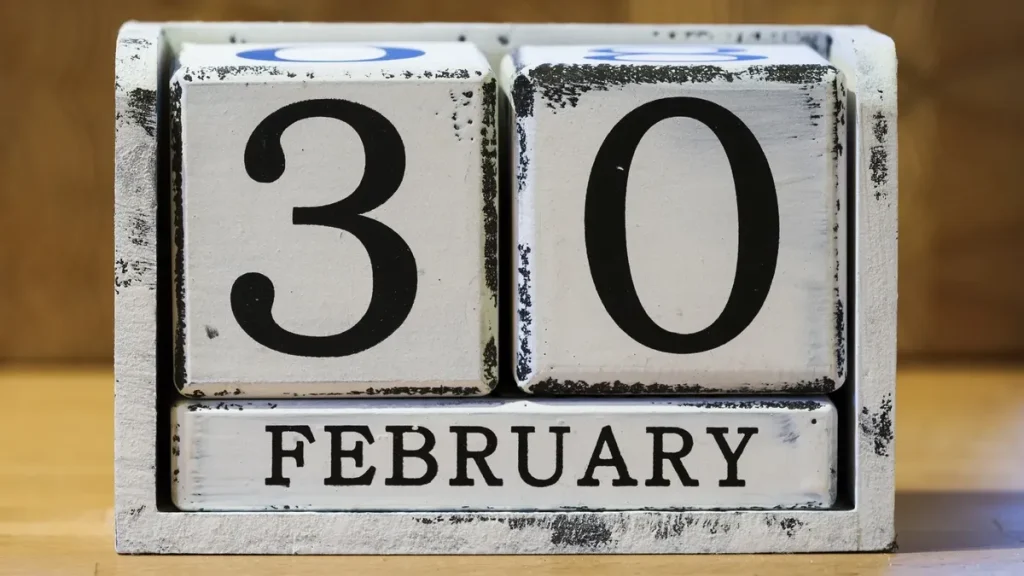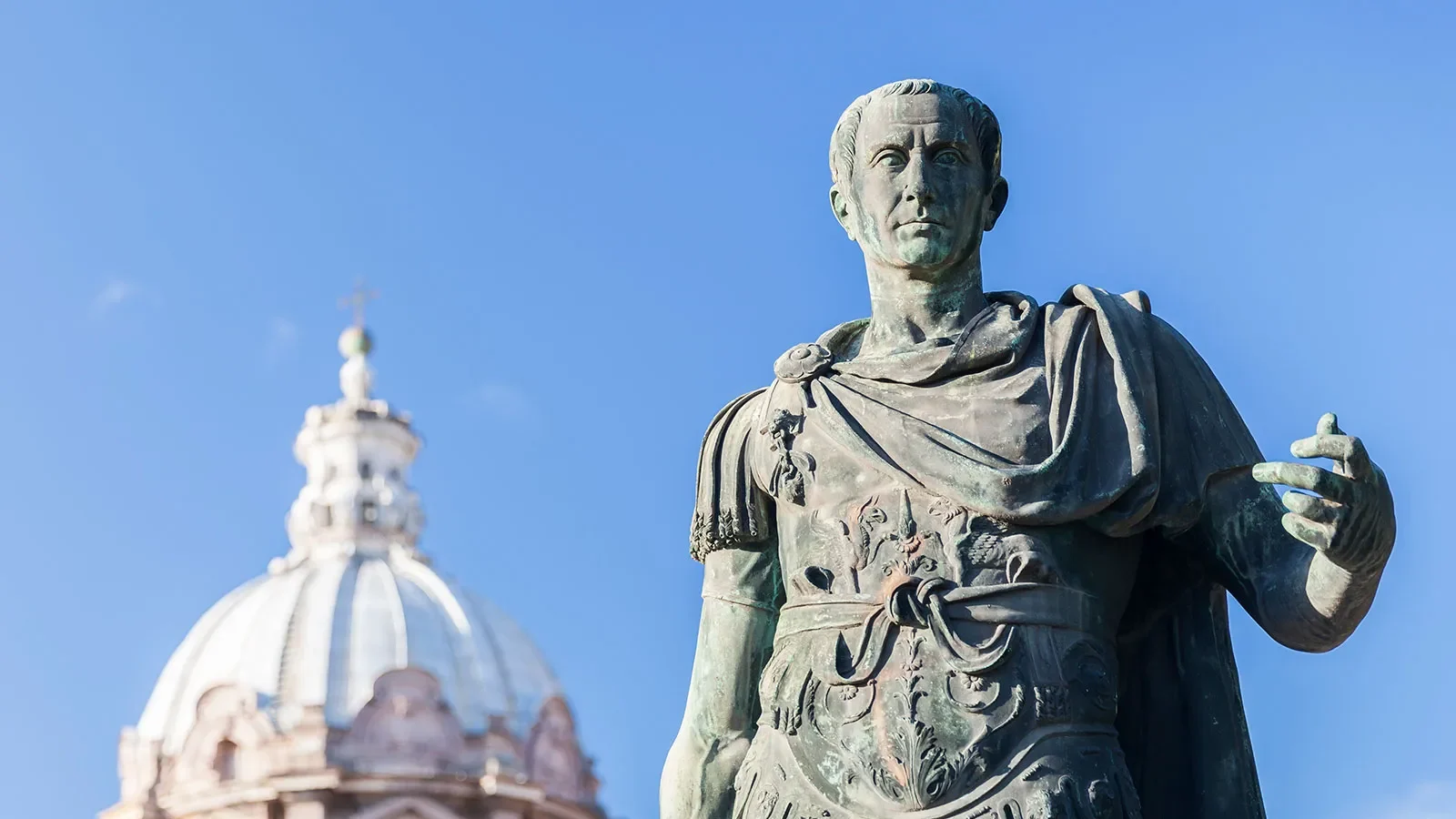February is the shortest month of the year, with an average of 28 days. However, every four years, a leap year occurs, with the month having 29 days.
But for one year in one country, February was 30 days long.
What happened in Sweden in 1712, why did the calendar change, and what is a leap year?
When did February have 30 days?
Believe it or not, this wasn’t a scene from a science fiction novel, but a real historical oddity that unfolded in Sweden in the year 1712.
Back then, the world operated on the Julian calendar, a system that lagged slightly behind the actual solar year. To rectify this, Pope Gregory XIII introduced the Gregorian calendar in 1582. However, Sweden, along with other countries, initially resisted the change.

In 1700, Sweden embarked on a peculiar plan to gradually adopt the Gregorian calendar by skipping leap years for four decades. This was intended to slowly bridge the gap between the two calendars without causing immediate disruption.
However, things quickly went awry. Due to a series of misunderstandings and miscalculations, two unintended leap years were observed in 1704 and 1708. This threw Sweden’s calendar further out of sync with both the Julian and Gregorian systems.

Faced with this predicament, Swedish astronomers devised a solution: add an extra leap day in 1712. This audacious move resulted in the only known instance of February having 30 days.
Interestingly, the additional day wasn’t simply tacked onto the end of the month. Instead, it was inserted between February 28th and 29th, creating a unique double leap day. This extra day in February 1712 helped Sweden partially realign its calendar, but the journey wasn’t over.
Sweden eventually completed its transition to the Gregorian calendar in 1753, finally catching up with the rest of the world. While the 30-day February of 1712 may seem like a quirky historical footnote, it serves as a fascinating reminder of the complexities and unexpected twists that can occur during attempts to change complex systems like our calendar. It’s a testament to human ingenuity and the enduring quest for accuracy as we strive to keep track of time and navigate the ever-evolving world around us.
What is a leap year and why do they exist?
A leap year is a year with one additional day compared to a typical “Common” year. This extra day, usually February 29th, is added every four years (with a few exceptions, as we’ll see later). But why do we need these extra days, and what makes them special?

The key lies in the fact that the Earth doesn’t take exactly 365 days to orbit the Sun. It actually takes about 365 days, 5 hours, 48 minutes, and 46 seconds. We typically round this down to 365 days for our calendar, but those extra hours add up over time.
If we didn’t account for these extra hours, the seasons would slowly drift out of sync with our calendar. Imagine celebrating Christmas in the summer! To prevent this, we add an extra day every four years to bring the calendar year closer to the actual solar year.

However, there’s a slight twist. Adding a full extra day every four years actually overcompensates for the lost time by about 44 minutes. To address this minor overcorrection, we have exceptions to the rule. Years that are divisible by 100 but not by 400 are not considered leap years.
For example, the year 1900 was not a leap year because it’s divisible by 100 but not by 400. On the other hand, the year 2000 was a leap year because it’s divisible by both 100 and 400. These exceptions ensure that our leap years are more accurate in keeping our calendar synchronized with the astronomical year.

Which countries follow different calendars?
Several countries around the world either use calendars different from the Gregorian calendar or use them alongside the Gregorian calendar for specific purposes. For example-
- Ethiopia: They use the Ethiopian calendar, which is a solar calendar similar to the Julian calendar but is about seven to eight years behind the Gregorian calendar due to its unique calculations.
- Nepal: Nepal uses two calendars: Vikram Samvat and Nepal Sambat. Both are lunisolar calendars, meaning they combine elements of solar and lunar cycles.
- Afghanistan and Iran: These countries use the Solar Hijri calendar, a solar calendar based on the cycles of the moon and the sun.
Who Decided February 29th Is Leap Day?
The concept of a leap year with an extra day wasn’t solely decided by any single individual. It emerged through gradual development and refinements over centuries, influenced by various historical figures and astronomical observations. Here’s a breakdown of the key players:

1. Julius Caesar (45 BC):
He implemented the Julian calendar, which formed the basis for the modern Gregorian calendar. This calendar introduced the concept of a leap year every four years, but it wasn’t quite accurate due to a slight error in its calculations.
2. Pope Gregory XIII (1582):
He recognized the discrepancy in the Julian calendar and introduced the Gregorian calendar, which remains the dominant civil calendar worldwide today. He adjusted the leap year rule, excluding leap years for century years (divisible by 100) unless they’re also divisible by 400 (like 2000). This further refined the system to better align with the solar year.
3. Astronomers and mathematicians:
Throughout history, countless astronomers and mathematicians contributed to understanding the Earth’s movement and calculating the precise length of a year. Their observations and calculations were crucial in shaping the development and refinement of leap years.

While individual figures like Julius Caesar and Pope Gregory XIII played critical roles in implementing and adjusting leap year systems, it’s important to understand that this knowledge wasn’t born in a vacuum. It evolved through the collaborative efforts of various individuals across generations, driven by the collective quest for accurate timekeeping and alignment with the natural cycles of the Earth and stars.






GIPHY App Key not set. Please check settings